Internet on Your Phone: A Guide for Residents
You just started your new life in Japan, and you need a smartphone to find your way around the area and keep in touch with loved ones abroad. Don't get discouraged by all the bureaucracy—there are several paths you can take to reach your mobile internet goal.
By Diletta FabianiCatch 22
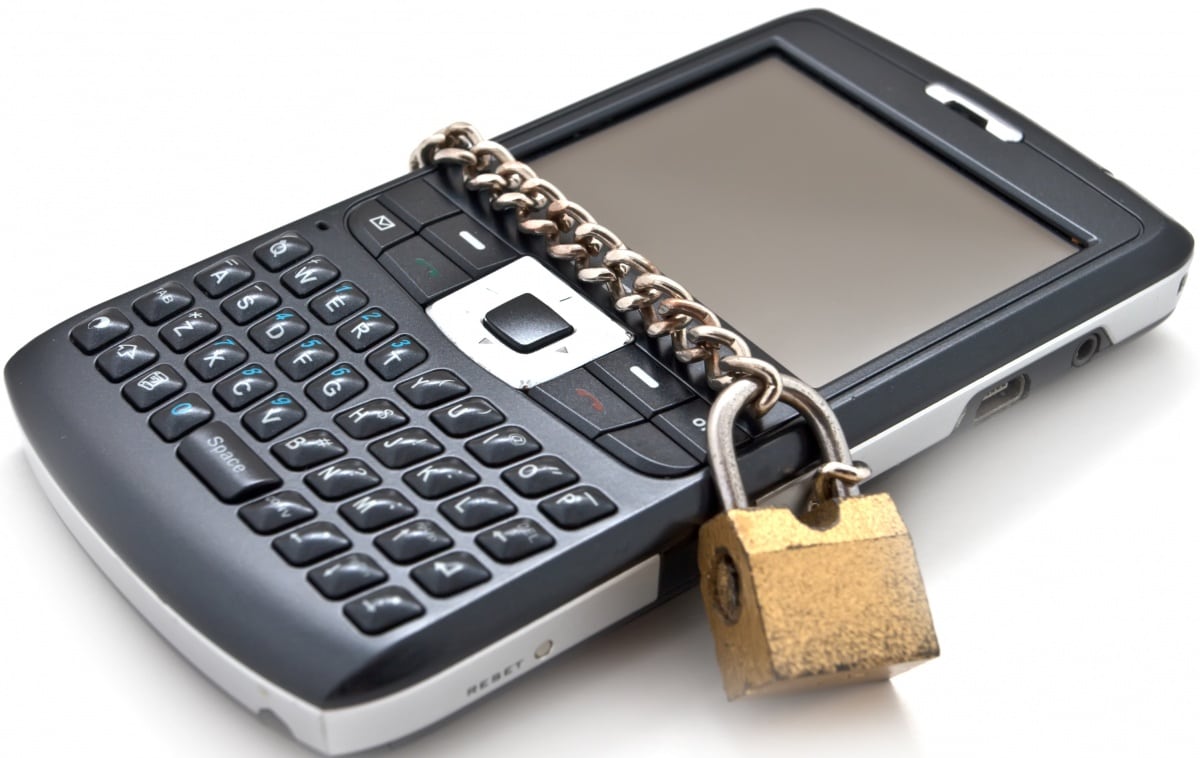
http://wirelesssolutionsny.com/blog/unlock-your-smartphone-with-reliable-cell-phone-unlocking-services/
First of all, you might face the notorious bank account/cellphone loop: in order to open a bank account you will need a phone number, but in order to get a phone subscription plan you will need a bank account! If you've come to Japan with a regular employer, your company should sort you out, but otherwise you may need to get a little creative.
One workaround to this annoying problem is having a friend's permission to use their phone number, and change your information at the bank as soon as you get your own. Another solution is to apply for a prepaid plan (see below) and then switch to a different plan once the bank account has been opened.
Once you've escaped the loop, you're ready to take on the internet challenge. We've listed the most popular options below.
1. Subscription Plan with Phone
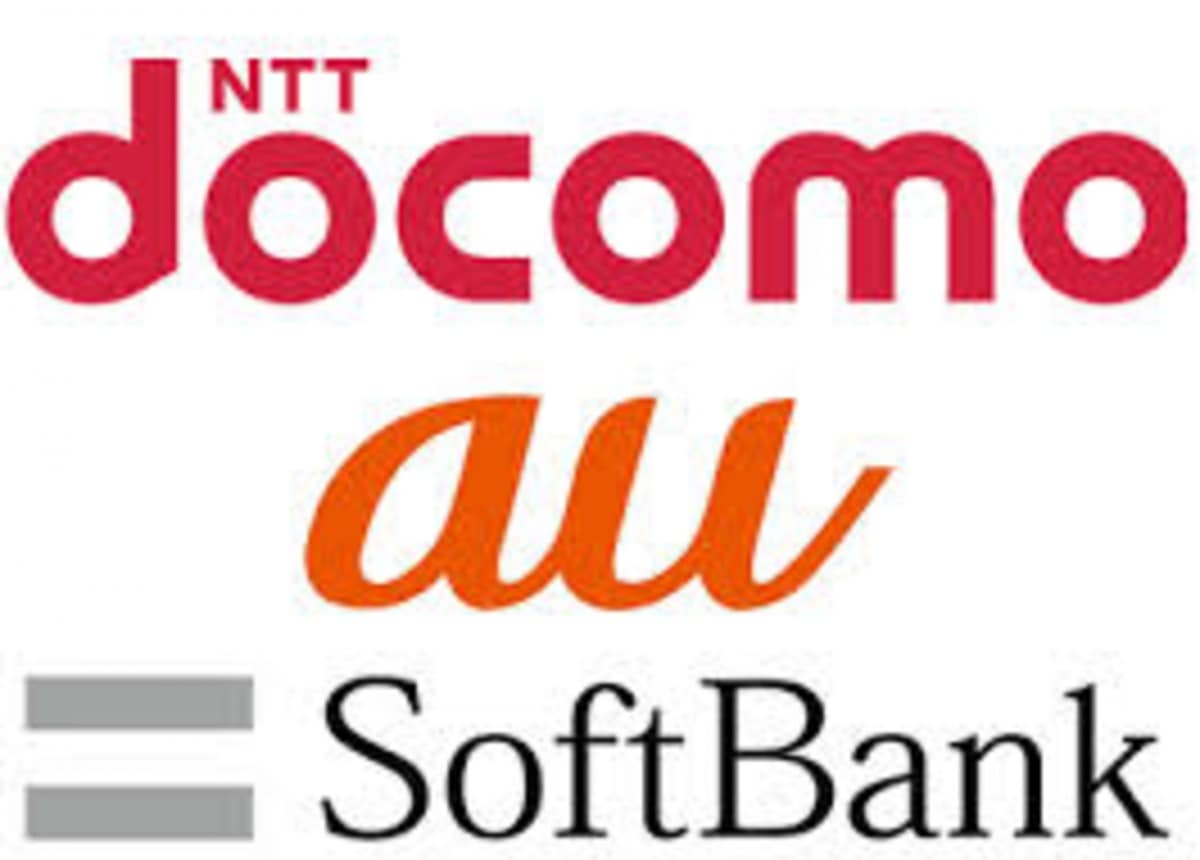
http://blog.kitamura.jp/25/4804/images/shop_info/shop_image.jpg?1459915282
One of the easiest choices is to opt for a regular phone contract. In Japan, these contracts usually include the purchase of a phone, which you may pay for in monthly installments or all at once. You'll get a phone number and a monthly allotment of internet data, which you can pay for with your bank account or credit card.
While this option offers extreme convenience, there are also some drawbacks: the monthly bills can be quite expensive (generally starting from ¥5,000/US$47.75), and there will be charges if you decide to breach the contract before the end date (usually two years).
Additionally, the phone will probably be operator-locked, meaning it'll only work with SIM cards issued by the original operator. There are workarounds, but they will invalidate the warranty and require some IT knowledge on your part.
Still, this is probably the best option for those who use the phone a lot for calls or need to always be reachable. It's also good for those who have family and are thinking about installing internet and a landline at home, since companies tend to offer discounts for home and cellphone packages.
You can choose among the major Japanese operators: Softbank, au by KDDI, and NTT Docomo. All three companies have English versions of their websites, and some shop locations have English-speaking staff.
Don’t be afraid to explore the various options. Also, keep in mind the distance to the nearest shop in case you need sudden assistance with your phone.
2. Prepaid Phones
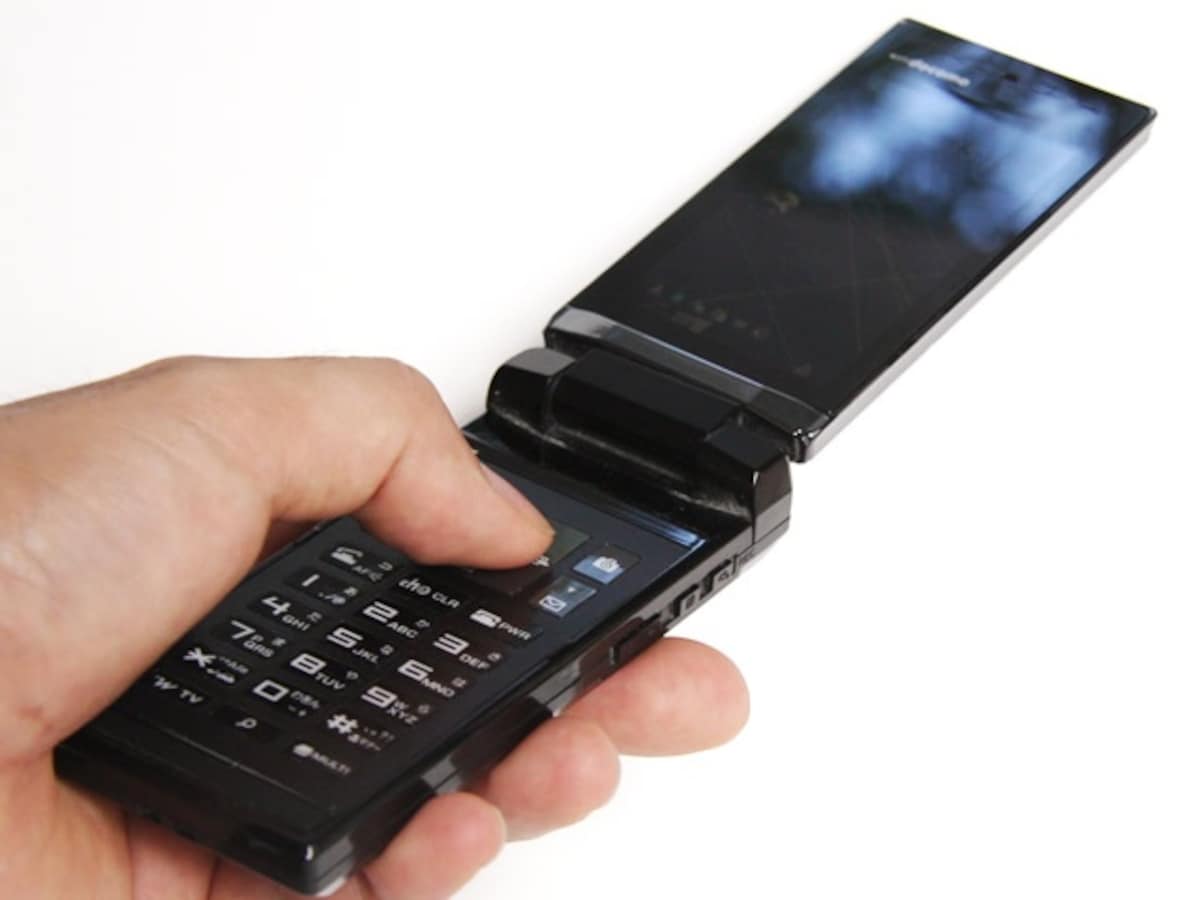
http://cdn-ak.f.st-hatena.com/images/fotolife/t/tkcross/20151204/20151204090443.jpg
Many foreigners may be used to this kind of billing style: you recharge your phone by buying a prepaid card (usually starting from ¥3,000/US$27.45) at the nearest convenience store.
While this method is quite cheap and convenient, there are several cons to it. First, you most likely will have to buy a phone, and it'll be either what they call gara kei, an ancient phone model that can only make calls and send emails and SMS, or a very basic smartphone. Buying only the SIM card is sometimes possible, but it might be hard to find a compatible phone model. And while some plans also include 3G data, they tend to be in the higher, "subscription plan" price range.
Additionally, you'll need to top up your phone's balance at fixed time intervals in order to keep the unused balance and the phone number, otherwise you'll lose them. This is the best option for those who want to mostly make calls or don't want to spend much money on a phone.
By now, fewer operators offer this kind of contract, like Softbank, au by KDDI and Y!Mobile (Japanese only). You can also explore shops in Tokyo's Akihabara area, as many still deal with this kind of phone.
3. Get a Data or Data & Voice SIM Card

http://www.guyswhotravel.com/entry/sim-cards-in-japan
Just getting a SIM card is also an option, but of course, you need to have a phone first! If you don't have one you can use, some companies specialize in long-term phone rental, like Let’s Internet, which offers rental smartphones from 120 days onward. This option is more expensive, but it’s also hassle-free in terms of subscription purchase.
If you already own an unlocked phone, you can sign up for a data-only or data and voice SIM card. The options are multiplying by the day. And while they come in different data sizes, prices tend to be much cheaper than a regular subscription plan (usually ¥1000-¥3000/US$9-$27 a month).
SIM cards can be bought online and activated once received, or bought in most electronics shops. There are some downsides, though—the first one being that most of these contracts can only be paid using a credit card, which is not necessarily something everyone has. However, at least one of the data plans mentioned below can also be billed to your Japanese bank account, namely OCN Mobile One. The option is listed on the Japanese version of their website in the FAQ section, but you can also contact their customer service section and make a direct inquiry. Additionally, Rakuten SIM cards can be billed on the Rakuten debit card, which is quite easy to get approved for (information here, Japanese only).
The second downside is that most of these options are offered only in Japanese, which means you will need some knowledge of the language or help to go through the application process.
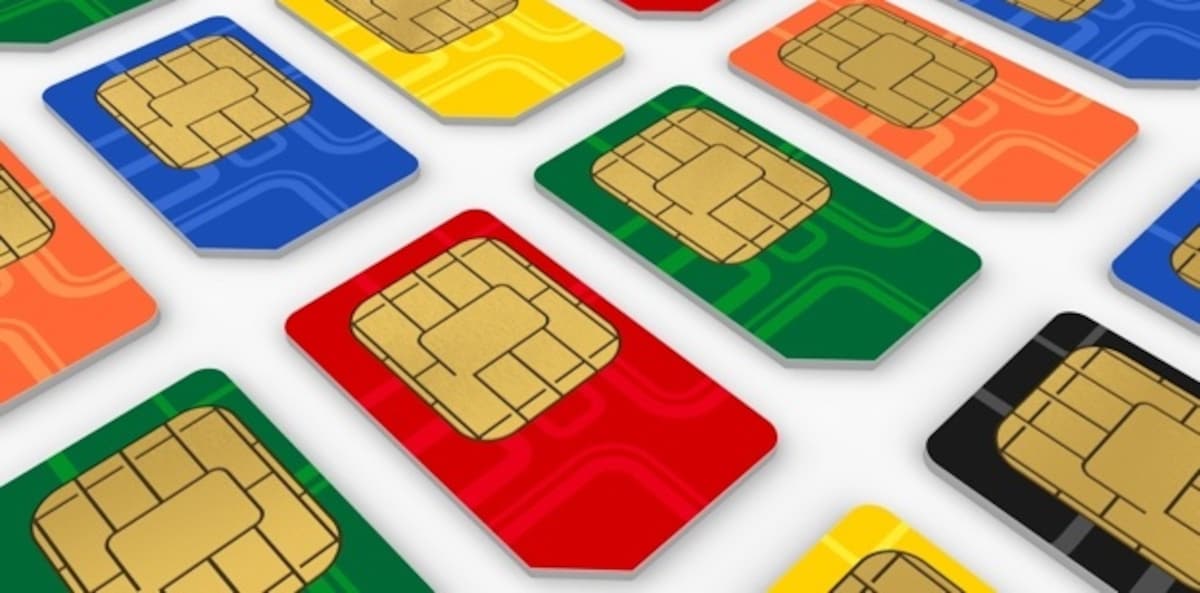
http://tech.thaivisa.com/sim-card-registration-starts-today/3627/
Some SIM card options include:
• Bic Camera (Japanese only, available in Bic Camera shops)
• B Mobile (Japanese only, available at Yodobashi Camera shops)
• DMM Mobile (Japanese only)
• IIJ Mio
• OCN Mobile One
• Rakuten (Japanese only)
• UQ Mobile
4. Get a Pocket Wi-Fi
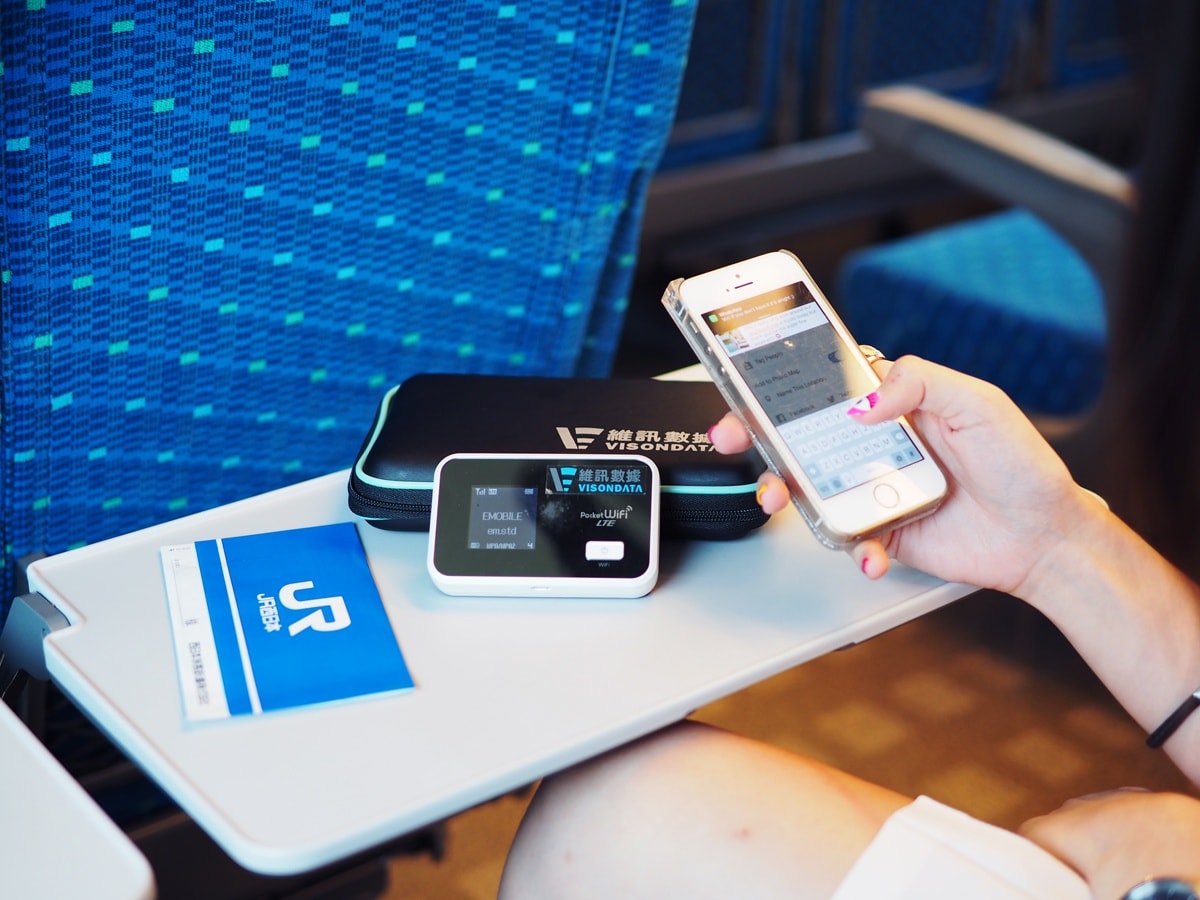
http://francescatan.com/category/pocket-wifi-rental/
This is the best option for those who don’t care much about making calls but need to connect devices other than phones, like tablets and notebooks, or those using data-based applications to reach friends and family.
You can either rent a Pocket Wi-Fi with companies specializing in long-term rental (like Let's Internet), or sign a contract with one of the operators offering this option, as all the major ones (Softbank, au by KDDI, NTT Docomo) do.
The downside is the need to always bring the Pocket Wi-Fi unit with you. You might also need to bring an external battery, as the internal battery might not last a whole day if you're a heavy internet user.
5. Subscribe to a Wi-Fi Network

http://simchange.jp/wi2-300/
Finally, for a monthly fee, networks like Wi2 300 and BB Mobile will give you access to all their Wi-Fi spots around the nation. This option is especially good if you live in a big city—there will probably be a spot or two within walking distance—or if you plan to use your smartphone a lot in places like cafés and restaurants. The downside is that there might be locations where you won't get any connection, especially in more rural areas.
Japan is a nation of technological wonder and variety, and this list proves just that. With several options to consider, make sure you consider your needs and choose the one that fits you best. And, if all else fails, the nearest coffee shop to your new pad just may have Wi-Fi!




